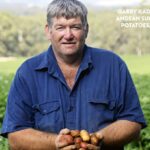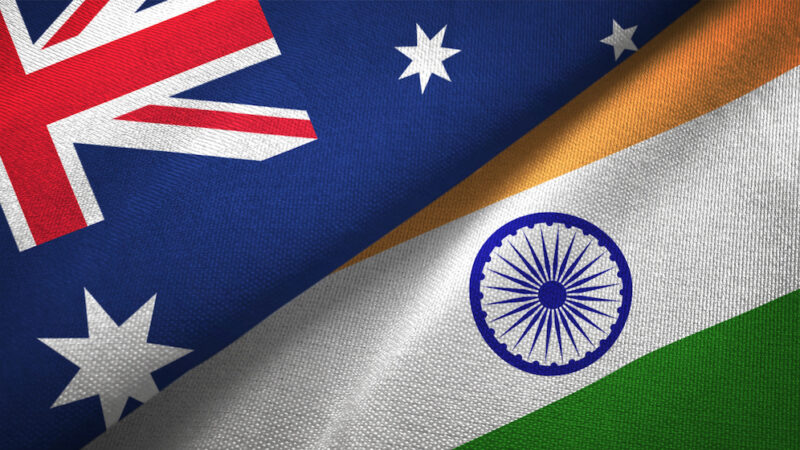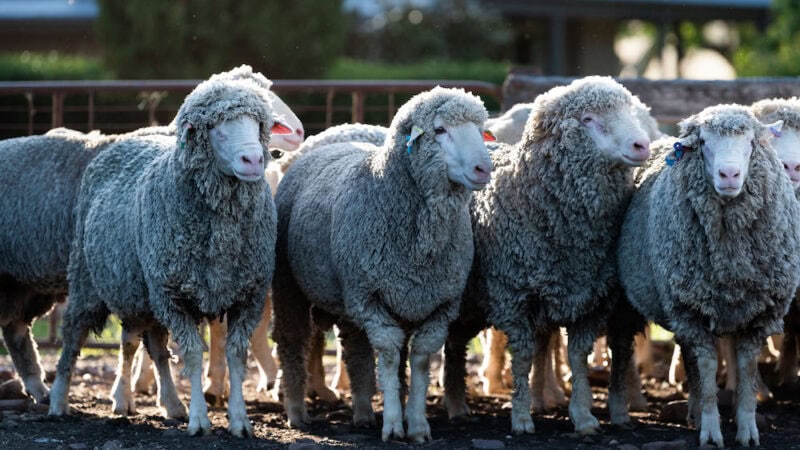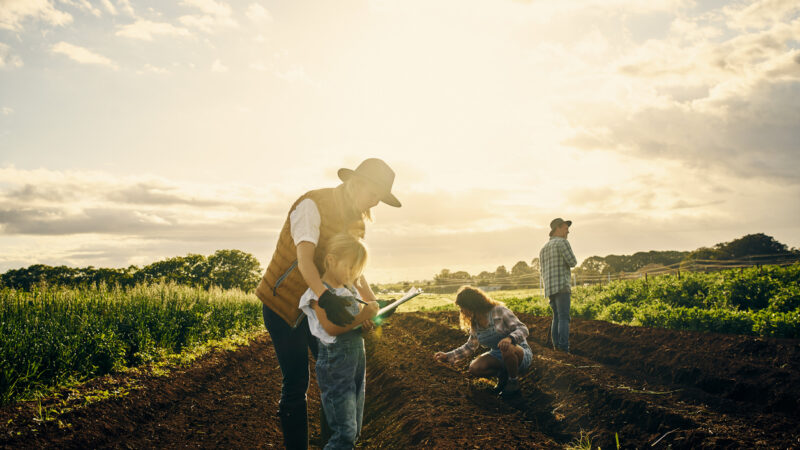A group of Sydney's most influential chefs, farmers and food industry leaders recently attended the…
Our potato industry faces global competition

Australian farmers are able to grow high-yielding, quality crops in a sustainable agricultural system, making potatoes an easily tradeable commodity. In fact, today the potato industry can rightly claim to be the fourth-largest food crop internationally, accounting for 20 per cent of all vegetable production in Australia.
Processing potatoes accounts for 56 per cent, fresh potatoes 36 per cent, and seed production makes up the remaining 8 per cent. This production is spread across all Australian states, with Victoria, Tasmania and South Australia each accounting for almost one quarter of the crop.
In NSW, potatoes are the largest segment of vegetable production, with a focus on growing seed potatoes and crisping potatoes – and yet less than 0.2 per cent of potatoes grown in NSW are exported as fresh vegetables. This makes potatoes a valuable horticultural crop in NSW, for seed producers, growers and processors.
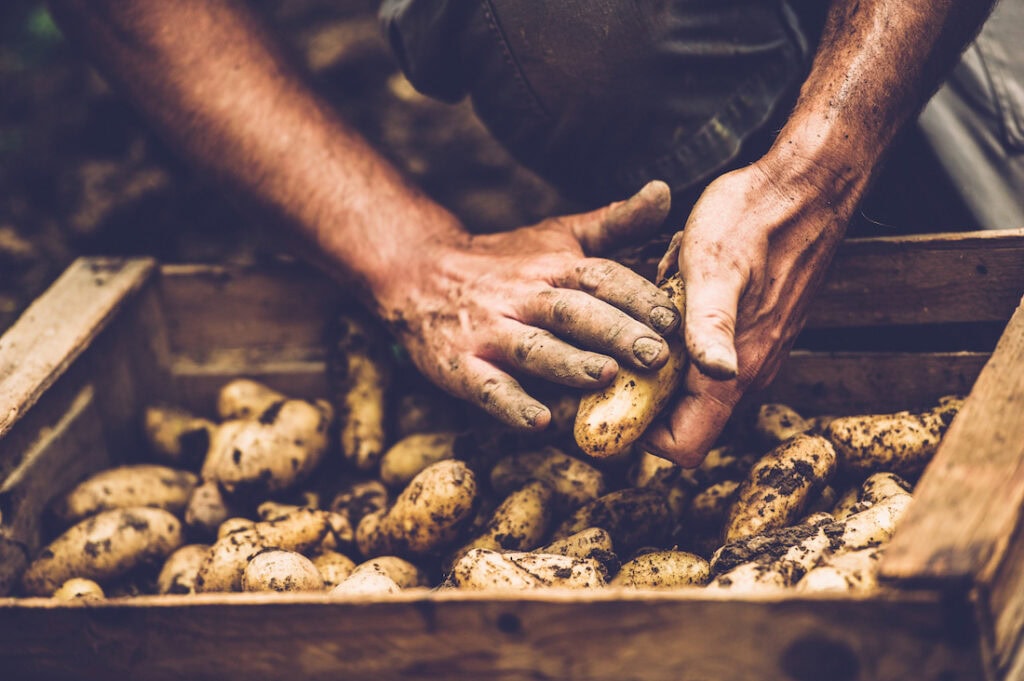
A global outlook
Consumer tastes, refrigerated transport, processing trends and market power are among the key influences on the potato landscape.
Refrigerated transport in particular enables growers to cross borders to send their produce to market, ramping up the competition for NSW farmers due to the increased number of growers who can sell their potatoes in the lucrative Sydney market.
The rigour of quality assurance means biosecurity and traceability are high on the agenda for growers across the nation – in keeping diseases out of Australia and in restricting access internally – as well as maintaining the integrity of tube and seed stock.
Most of the Australian product is grown for crisping, which means it is competing for a global supply. While there are restrictions on importing fresh potatoes into Australia, the frozen market is global, with over-supply affecting prices paid at the farm gate.
Similarly, the fresh market is global. Australia exports seed potatoes to Norfolk Island and Fiji; and eating potatoes to markets as diverse as Asia, United Arab Emirates, Saudi Arabia, Papua New Guinea and Europe.
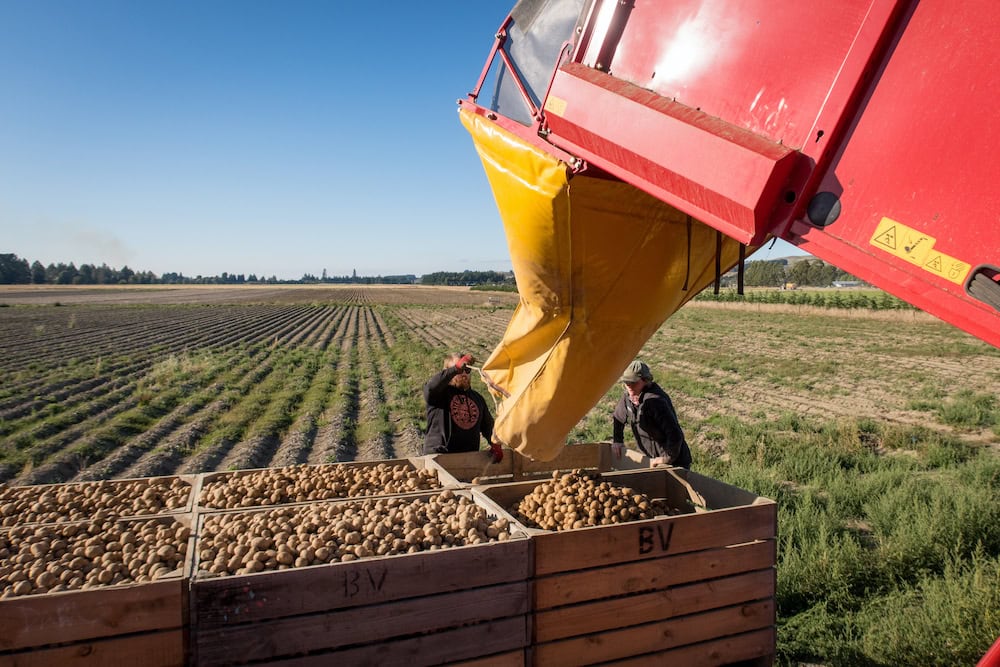
South Korea is still a leading market for Australian potato exports, and market share continues to increase in Singapore, Malaysia and Hong Kong. The Philippines and Vietnam are also strong markets for Australian potatoes.
Given the competitive environment, farmers are seeking to differentiate themselves in the marketplace – sometimes with their provenance story. Product diversification is also important to manage the time paddocks need to rest between potato crops, whether it’s for seed production or the edible vegetable.
Diminishing growers in the potato industry
When the Crookwell Potato Association was formed, there were several dozen seed potato growers in the region. Now there are only four growers.
“But the acreage being planted is still the same as when there were 26 growers,” says Garry Kadwell, from his family farm where he cultivates 727.5 hectares on a rotational system to grow seed potatoes for a processor company, under license and forward contract.
“Our story is about the rich organic soils our seeds are grown in, and this taste, colour and smell permeates into the potato bought by the consumer.”
“When I was working alongside my father, we had 25 buyers who took a truck each. Now I have three clients and they buy their seed in B-double loads. We grow mostly for South Australian growers, who plant into sand for the brushed and washed potato supermarket consumer.”
Garry Kadwell
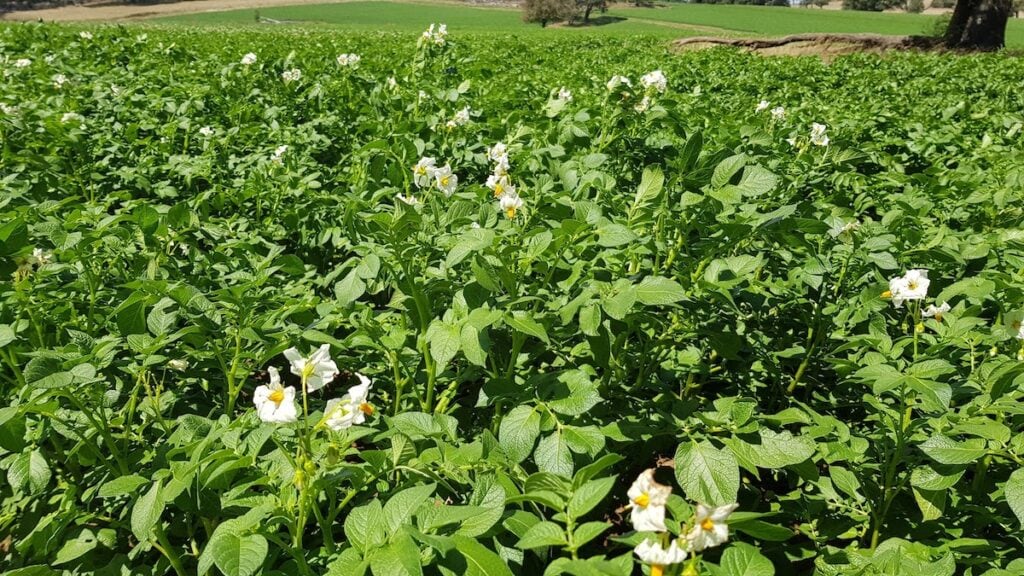
Water is critical
For potato seed and vegetable growers, water is a critical factor. “Lack of water would put a stop to the industry,” Garry says.
The last few years of drought have caused him to push summer planting into late February to harvest his autumn crop – and focus on growing short-season tuber varieties to produce a competitive yield of seed, on minimal water inputs. These grower objectives flow from tuber and seed to the potato grown for consumers.
In another large family agribusiness, Geoff Moar produces potatoes on his Riverina farms for two processing companies, for the French fries market. The AUSVEG director and past chairman is concerned about the availability of water to grow potatoes.
“We bought the land where we are, to grow potatoes. Over the past decade, our decisions about what we grow and when we plant have been affected by lack of water availability. We look at the best variety that needs the least water to yield the most.”
Potato grower Geoff Moar.
He says cost of production is high in Australia, with no subsidies, which means growers are competing in an uneven marketplace and risking more imported frozen and processed product being sold in Australia.
“Growers in Australia are affected by a global supply and the big processing companies can import frozen product if they’re not happy about the price that growers want,” Geoff says.
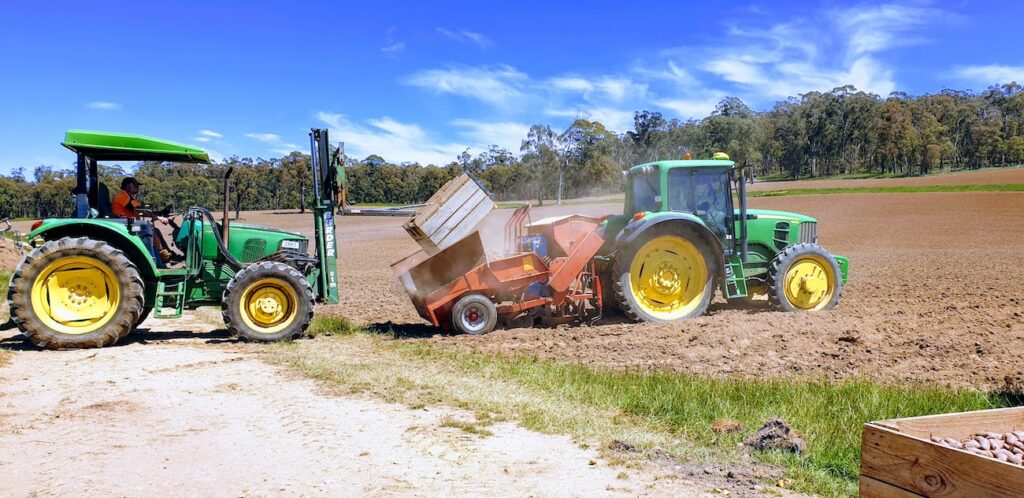
Lack of seed production
Customer demand for fresh potatoes is increasingly driven by consumer awareness of Glycaemic Index and low-carb varieties, and taste and colour preferences. It results in pressure on growers to increase potato production for the fresh market.
“All growers in this region have been asked to increase the tonnage we grow and produce for next autumn, but the seed is not available,” explains Geoff. “The seed we plant has to be secured months in advance.”
With a three-to-five-year turnaround on seed production, and another year to grow the potatoes, the industry cannot pivot quickly to upscale production. Supply is also affected by the number of growers with available land, given how long biosecurity and disease traceability controls require a grower to rest a paddock between potato crops. The licensing restrictions for each variety of potato mean growers can only plant the variety and quantity of crop agreed to in their contract with a processor.
“So we escalate production over time. With few producers growing potatoes, that also means growers expand their holdings and look for water security,” Geoff says.
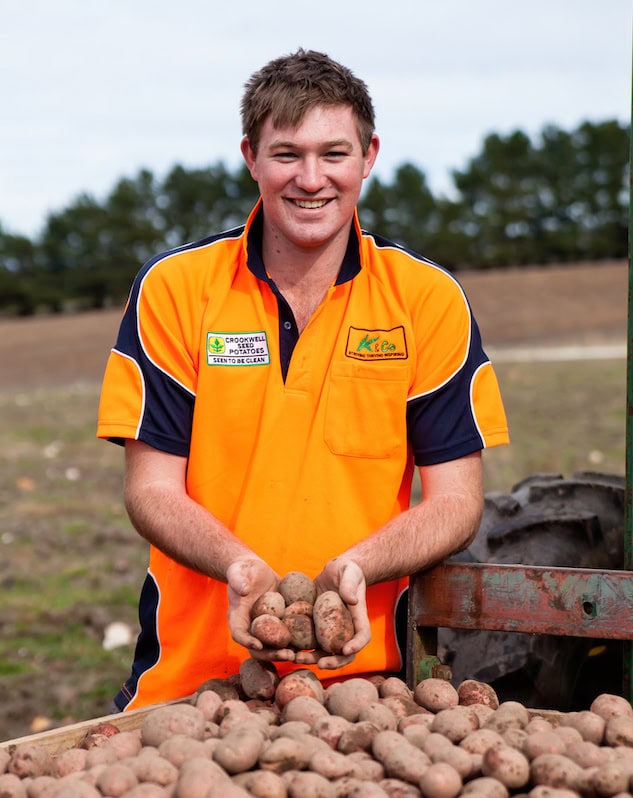
Celebrating spuds in Crookwell
The Crookwell Potato Festival started off as a country weekend event and has built its impetus on Crookwell’s reputation as the home of the potato in Australia. After a virtual festival in 2020, this year the community has planned another weekend of potato-based farm tours and activities.
Bolivia is where potatoes were originally cultivated and so the Ambassador of Bolivia is visiting the festival for the weekend.
Garry and his son Daniel expect to welcome the usual 1,000 people onto their farm during the festival, for public tours and tastings.
“People can talk about potatoes, taste potatoes, and buy small bags of potatoes for a gold coin donation to a local charity,” Garry says. “They can see the machinery we use and talk about the history of potato growing. With few potato growers in the region, the festival has given Crookwell a focus point for the whole community to participate in.
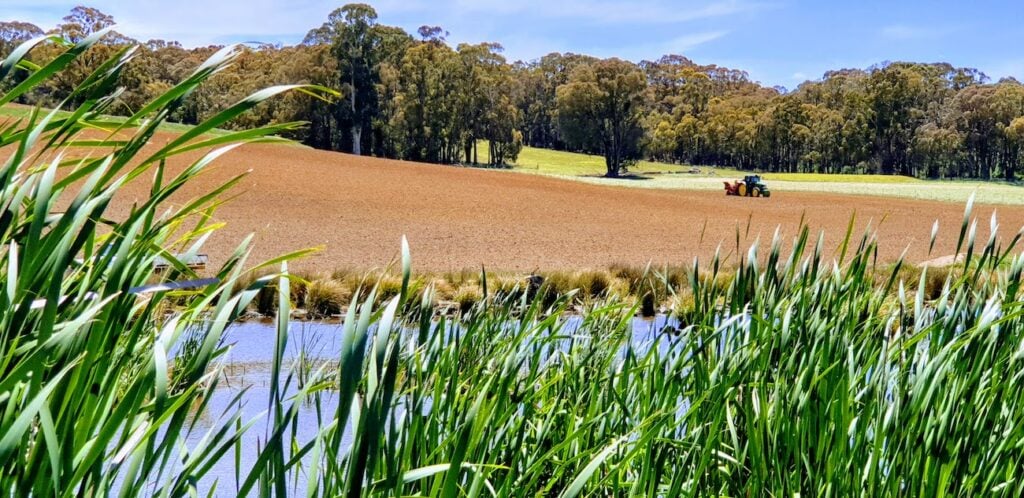
A history of the potato industry
1532 Spanish Conquistadors saw Inca people cultivating a root vegetable in Bolivia and took samples back to Spain with them. The vegetable became popular across Europe and Britain
1797 Governor Hunter reported 11 acres were under potato crop in the Parramatta district west of Sydney
1906 119,000 acres of potatoes were under crop in Australia
1941-44 WWII efforts meant people were encouraged to grow their own food, which led to a spike in potato production to nearly 100,000 hectares under cultivation, producing about 900,000 tonnes
1950s Average annual potato consumption in Australia is around 52kg per person
1960s Australian potato production is 450,000 tonnes
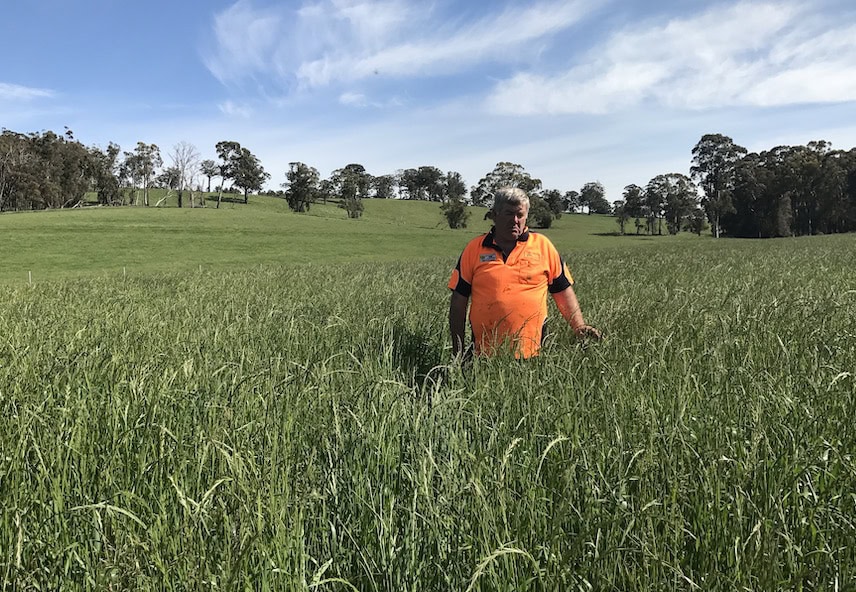
1990s Australian potato production hits 1.2 million tonnes and the average annual potato consumption in Australia is 68kg per person
2005-6 National crop is 35,500 hectares, which produced 1.369 million tonnes, comprising about a dozen varieties of potato with a farm gate value of $525,553,340. Australia is the 35th biggest producer of potatoes globally, exporting 52,000 tonnes of potatoes or potato products. Potato and potato product imports totalled 36,000 tonnes worth $34m, and 81 per cent is frozen potato products
2008 International Year of the Potato declared
2009 1.2 million tonnes of potatoes are produced in Australia, valued at $557 million at the farm gate
2011 The sequence of the potato genome was publicly released in July 2011
2011 Average annual potato consumption in Australia is 49.7kg per person
2018 Grower and Processor Strategic Investment Advisory Panels are amalgamated and Australian exports of potatoes (excluding seed potatoes) increased 23 per cent in value to $31 million, with the volume increasing 27 per cent to 40,000 tonnes
2018 South Korea retains its position as the leading market for Australian potato exports – a lower tonnage still saw a 6 per cent increased value to $12.3 million. Singapore, Malaysia, Hong Kong, the Philippines and Vietnam also grew their markets for Australian potatoes
2018 Implementation of the Indonesia-Australia Comprehensive Economic Partnership Agreement resulted in Indonesia establishing an import quota for 10,000 tonnes of Australian potatoes annually; growing to 12,500 tonnes after five years
2018-19 1.225 million tonnes of potatoes are produced in Australia, worth $718,344,301 at the farm gate. The total tonnage produced in NSW is 82,463 tonnes; or 6.7 per cent of national harvest
2019 Total fresh potato exports 45,315 tonnes, valued at $31,349,042. Total seed potato exports are at 647 tonnes with a value of $7,305,409
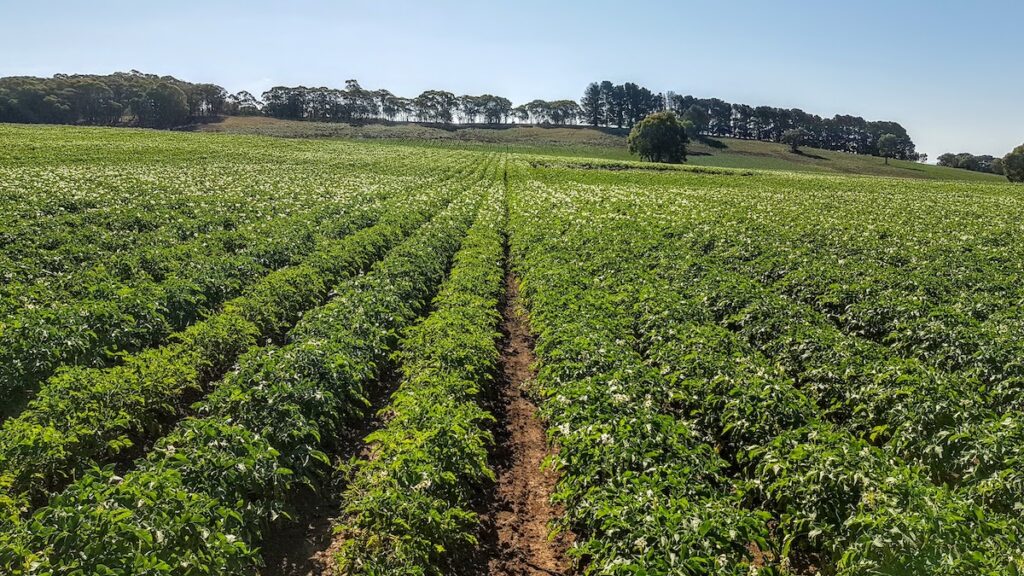
If you enjoyed this story on the potato industry, you might like our feature on the mushroom industry.



